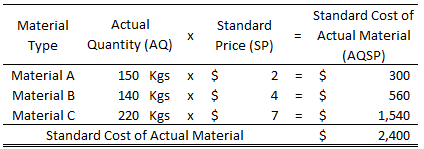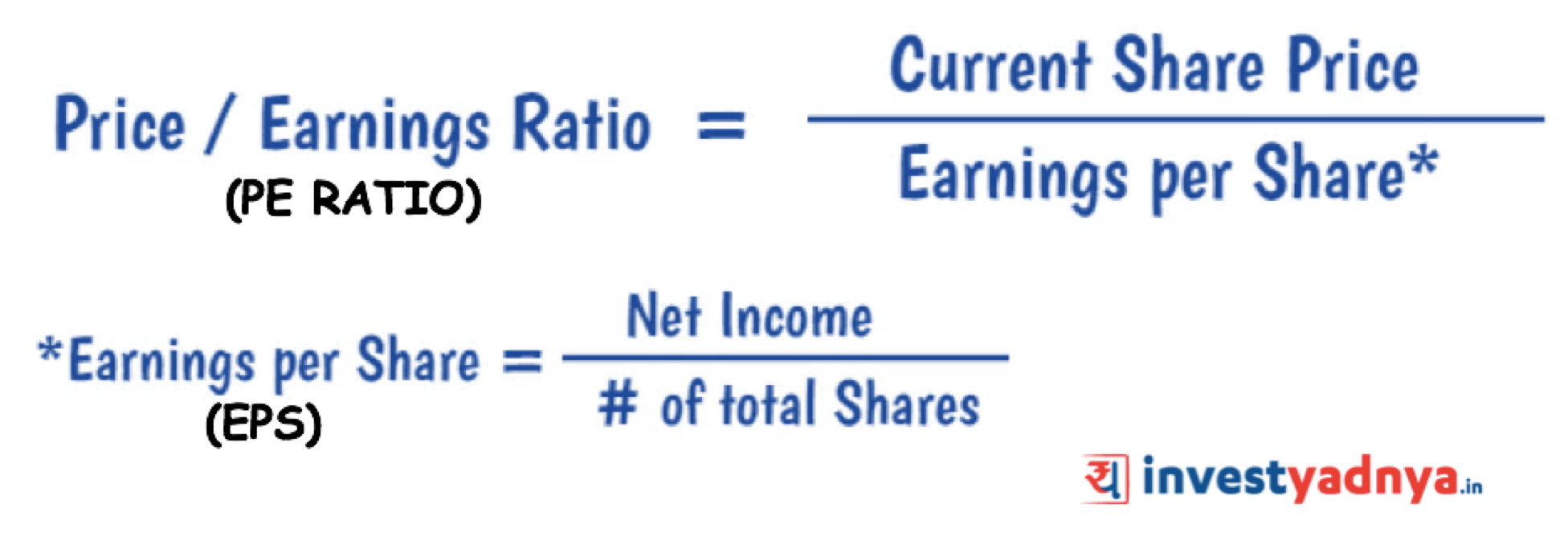Content

This is because mortgage lenders tie their interest rates closely to Treasury bond rates. An existing bond’s market value will decrease when the market interest rates increase.The reason is that an existing bond’s fixed interest payments are smaller than the interest payments now demanded by the market.
- Interest rate risk is also inversely proportional to the coupon rate of the bond.
- Government bonds are usually viewed as low-risk investments, because the risk of a government defaulting on its loan payments tends to be minimal.
- Unless otherwise specified, all data is sourced from Manulife Investment Management.
- Stay on top of upcoming market-moving events with our customisable economic calendar.
- Hence, one way to calculate interest rate risk is to calculate what actual bond prices would be after a change in interest rates — the full-valuation approach.
On the other hand, if the economy is slowing, the central bank may reduce the base rate. In turn, retail banks may lower their rates making it more attractive to borrow and spend money but less attractive The Relationship Between Interest Rates and Bond Prices to save it. In many developed countries, there is a benchmark interest rate – sometimes called a base rate or policy rate – which is the rate at which the country’s central bank lends to other banks.
U.S. Treasury Yield Curve Comparison
For instance, if the bonds are callable, then any price increases will be capped by the call price and the price increase of the bond will slow as the call price is approached. If the bond is putable, then decreases https://business-accounting.net/ in the bond price will have a floor at the putable price, which is usually par value. If the bond’s price falls below this, then the bondholder can sell the bond back to the issuer for the put price.

When people refer to “the national interest rate” or “the Fed,” they’re most often referring to thefederal funds rateset by theFederal Open Market Committee . This is the rate of interest charged on the inter-bank transfer of funds held by the Federal Reserve and is widely used as a benchmark for interest rates on all kinds of investments and debt securities. Now that we have an idea of how a bond’s price moves in relation to interest rate changes, it’s easy to see why a bond’s price would increase if prevailing interest rates were to drop. If rates dropped to 3%, our zero-coupon bond, with its yield of 5.26%, would suddenly look very attractive. More people would buy the bond, which would push the price up until the bond’s yield matched the prevailing 3% rate. In this instance, the price of the bond would increase to approximately $970.87. To attract demand, the price of the pre-existing zero-coupon bond would have to decrease enough to match the same return yielded by prevailing interest rates.
Current Market Price
Most mortgage lenders keep their interest rates a bit higher than bond interest rates because they tend to attract similar investors. Both bond investors and real estate investors want their investment to have collateral. When bond prices drop, it means that bond interest rates are on the rise. Due to the inverse relationship between bond price and bond yield, the yield has now gone up. You can also invest in short-term mutual funds for similar benefits.
- Zero-coupon bonds are issued at a discount to par value, with their yields a function of the purchase price, the par value, and the time remaining until maturity.
- Because interest rate risk is determined for specific scenarios, the full-valuation approach is also known as scenario analysis.
- Lower coupon rate bonds are more impacted than higher coupon rate ones for the same movement in interest rates.
- For example, a bond with a £1000 value and a 5% interest rate will have cash flows of £50 a year until it reaches it maturity.
- However, if an investor pays less than the par value, their return would be more significant since the coupon payments and par value are fixed.
